I still remember when we first started recycling. I think it was around the same time I started learning about nutrition (grade 5, thank you Mr. Jarman), and I’m sure I was a lot of fun at home lol. I was busting my parents at every turn. Like, why are we eating white bread? And why is that can in the GARBAGE bin (as I rummaged through the garbage looking for other evidence of non-compliance and preparing for my next lecture)? It’s funny how self-righteous a kid can get, I thought I knew it ALL… fast forward to my adult self and the older I get the less I feel like I know!
It’s no secret that recycling is important. Recycling helps reduce the need for raw materials to manufacture things, and helps reduce the pollution caused by waste. I’ve been working with Keurig this month on a fun Instagram giveaway and was interested to learn about their new recyclable K-Cup pods. To be honest, there are times when I scratch my head not being totally sure about my recycling game and if I’m following all the rules. I had the chance to interview Lyndsey at Recycle BC to answer some of my burning questions when it comes to recycling and she was a wealth of knowledge! Of course, this information is specific to British Columbia but you can easily find a similar website for your area with a quick Google search! Here are my questions along with her answers, thanks Lyndsey!
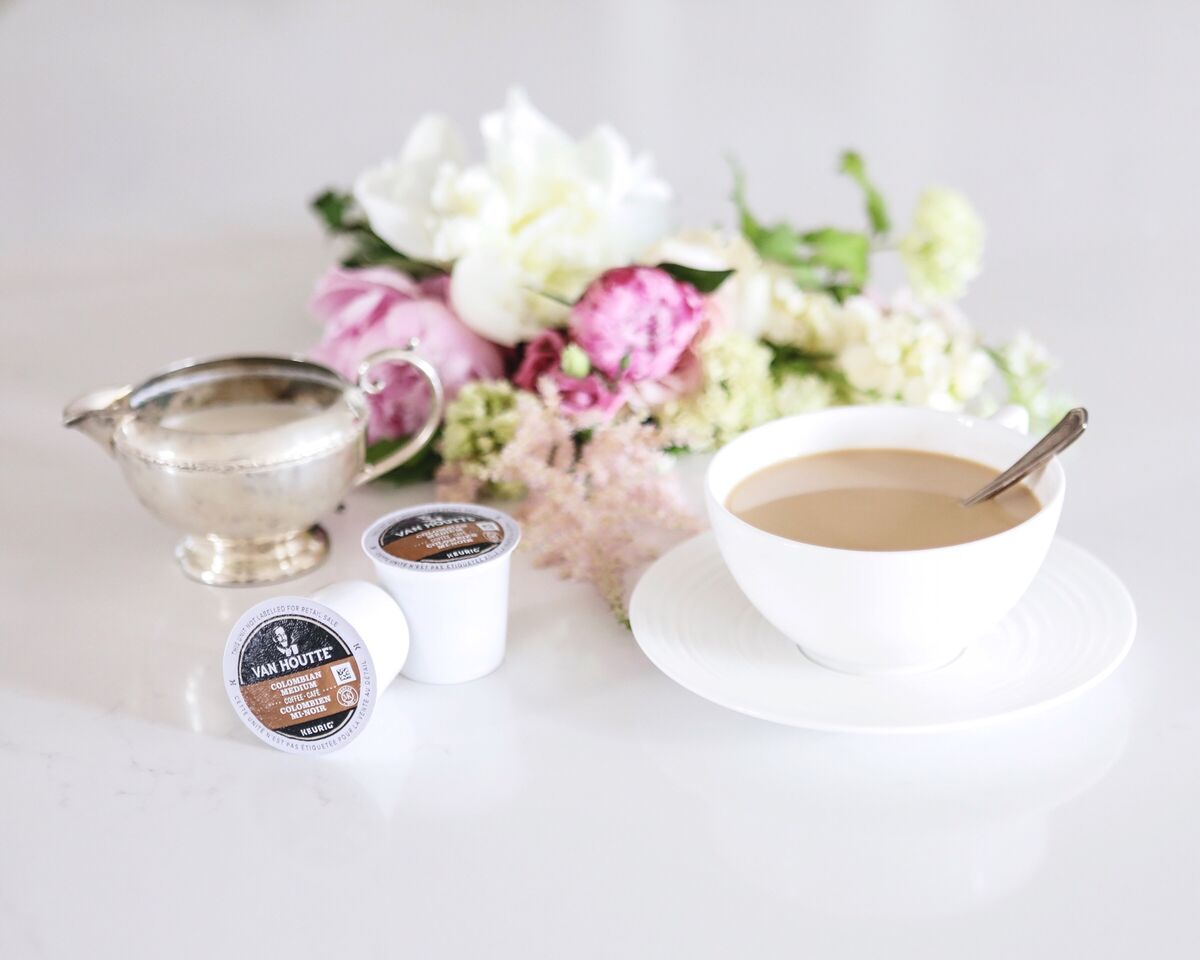
I’ve always been curious about what happens to the containers when they leave our curb?
All of the containers are received by one facility across the province: for that reason, the products that are accepted in each municipality are the same across the province. Once they reach the facility, the materials are then placed on a sorting line and further sorted based on the type of plastic they’re made of. Optical sorters are used – they ‘look’ at the plastic and categorize the containers, pushing them in a given direction depending on the type of plastic where they get broken down.
What are most of the recycled products made into after?
Once plastics are collected they’re treated as a commodity and are sold off to be made into other things – some plastics are more valuable than others. It varies but generally plastics are made into things like park benches, decking, picnic tables and outdoor furniture.
How did you work with a producer like Keurig to make sure their coffee pods could be recycled across BC?
Keurig came to Recycle BC as a partner to find an easier way for consumers to recycle the K-Cup pods that also worked well for the recycling system at the facility. The pods were technically recyclable before, but the plastic they were initially made of was of lower value for recyclers.. The K-Cup pods are now manufactured using a better plastic that is easier to recycle and for which a strong end-market already exists . Recycle BC isn’t funded by the province: the program is funded by businesses, like retailers, manufacturers and restaurants that supply packaging and paper to BC residents… like Keurig!
What can families do every day at home to ensure coffee pods are recycled properly?
Specific to K-Cup pods, the foil lid just needs to be removed , the grounds should be dumped out but the filter can stay in the pod. People can learn more about the recycling the K-Cup pods here!
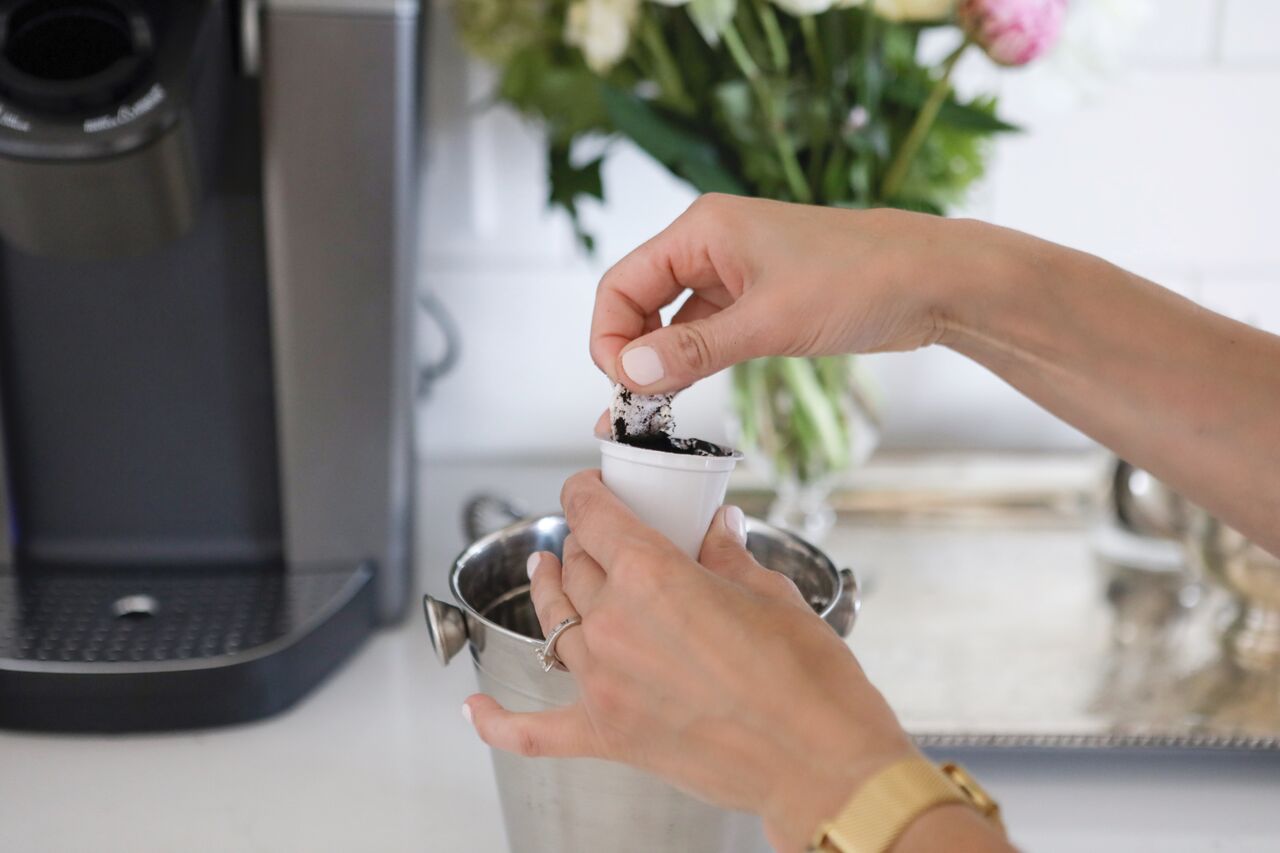
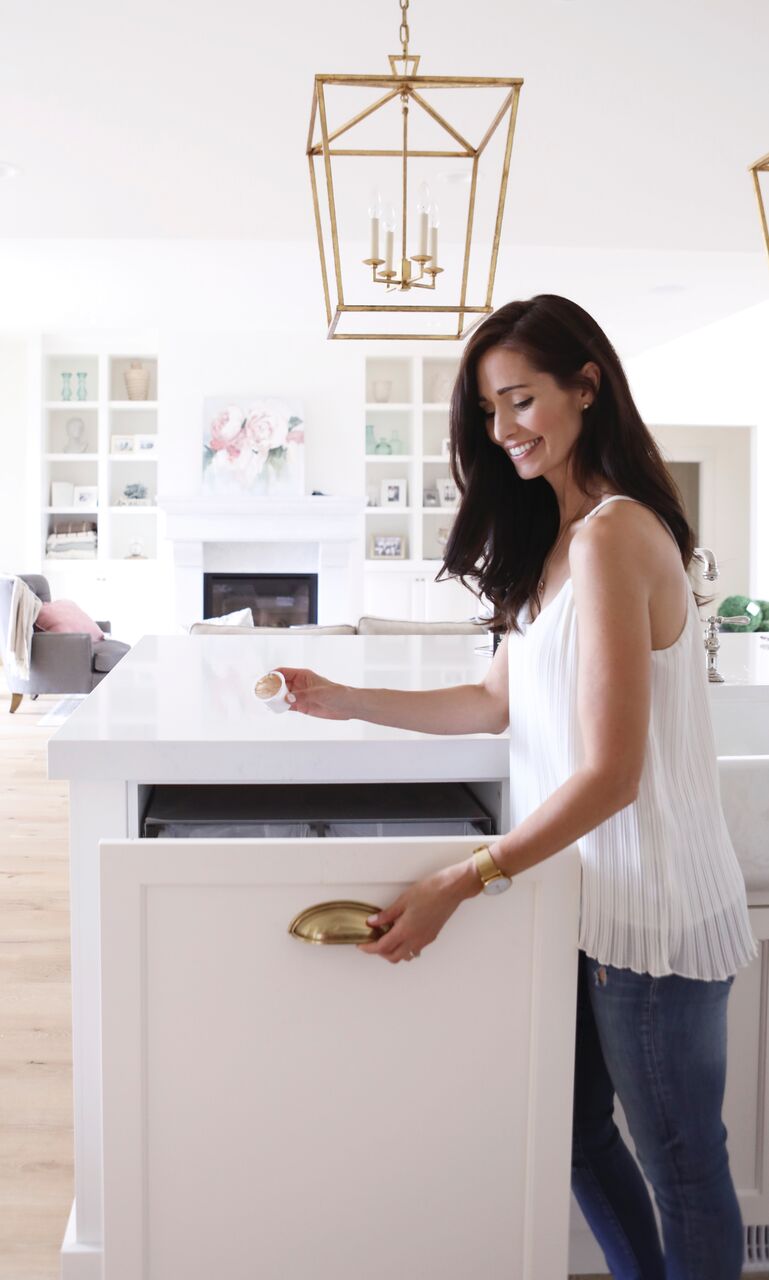
What are some of your top tips to make recycling at home easy?
The best tip is to find a system that works for your family. Let’s face it, everyone is busy and if it isn’t convenient there’s less of a chance of following through! Find a convenient place to put the bins and if your municipality needs you to sort your recycling, consider having a few bins under your sink for instance so that you sort as you go! You can also tape this list to the wall or inside your cupboard (in a sheet protector so you can wipe it down) as a reminder of what is recyclable in your area.
Make sure that people know what should and shouldn’t be included in the recycling bin. Most of the BC municipalities have an app where you can search the materials. There are materials that aren’t accepted curbside but are accepted at depots (click here to find a depot in your neighbourhood): Styrofoam, glass and plastic bags for instance. Collect a bunch of these materials in a specific spot in your house and weave the depot stop into your errands (London Drugs will accept Styrofoam and plastic bags for the record).
Tell me about what prep needs to be done before we recycle something – what is the ideal prep (emptying, lids, etc.) – how clean does something need to be? Do the labels have to be removed?
The containers should have the food removed from it (yes, peanut butter jars included, sorry: it doesn’t have to be spotless clean but it should be rinsed (the K-Cup pods are an exception). The labels can be left on and lids can as well, even if they are a different colour. Try not to jam mixed packaging into each other as it can be more challenging to sort (ie: a yogurt container inside a can).
What are the biggest ‘No No’s’ that you see in the world of recycling?
People throwing things in to the recycling bin that don’t belong. The system is only set up for recycling containers in BC for instance: even though some things like toys have a number on them they still can’t be recycled in BC. Household items such as garden hoses, toys, textiles, rugs, wood aren’t recyclable and some things such as propane cannisters, sharps and needles should absolutely never be recycled for safety reasons…you’d be surprised at what ends up in there!
The other one that is common is tying up the recyclables in a plastic bag and just throwing them in the recycling bin (note from Tori: I’ve done this so many times yikes!!!). The bags aren’t recyclable at curbside for starters (they are at depots and some stores such as London Drugs) and they also make it more difficult to sort the recycling and get caught in the belt and slow down production. Shredded paper is an exception for those of us who place all of the recycling in one bin (vs separating it): you can recycle this in a clear (see-through) bag placed at curbside (not in the bin). Otherwise it goes directly in the paper bin (it can go inside a paper bag or box to contain it).
What is the deal with plastics: if something doesn’t have a number on it is it still recyclable?
Yes, it can be: the numbers are useful but the best way to be sure is to look at the list that describes the types of materials that can be recycled. For instance, crinkly plastic isn’t accepted but many other plastics are. Some plastics are recycled at curbside (ie: milk jugs) while others are only recycled at the depot (ie: juice jugs): again, have the list handy to cross reference what is accepted! (note: I (Tori) have always been confused about ‘milk’ cartons … the answer is yes you can recycle them if you too were wondering!).
What does the future of recycling look like? What are some new technologies or innovations that are being developed?
Recycle BC is always looking for new ways to expand their programs and encourage recycling. Flexible plastic packaging is an example of these new innovations: this type of packaging hasn’t historically been recycled but Recycle BC is piloting the recycling of a new category of plastics like stand up zipper like pouches (like the one that granola comes in). If it’s successful it will be rolled out province-wide.

Thank you Keurig for sponsoring this post! All opinions are my own.

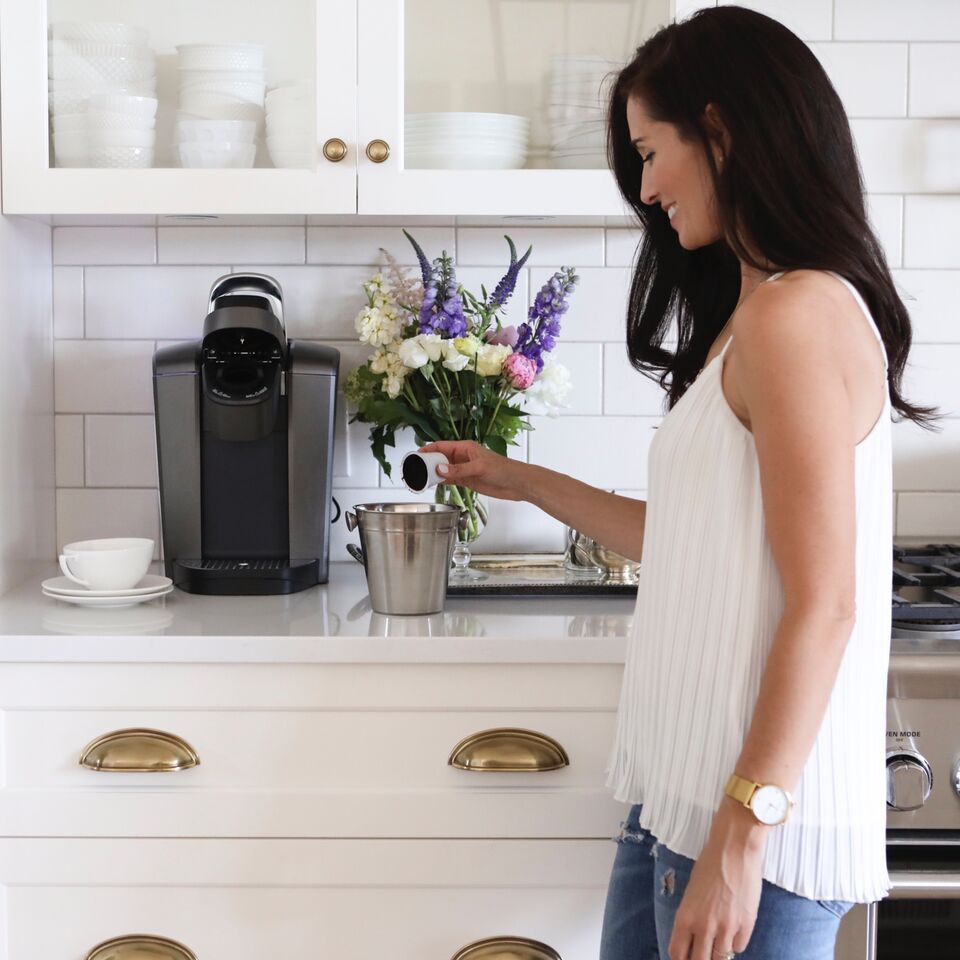
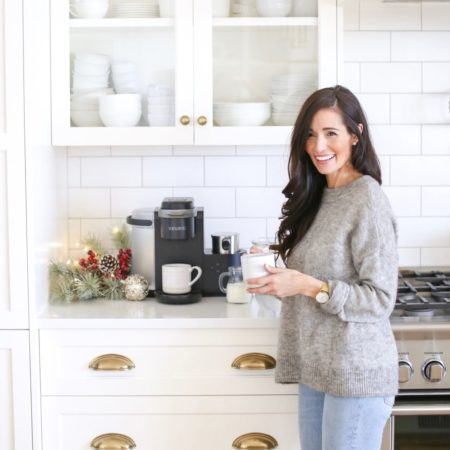
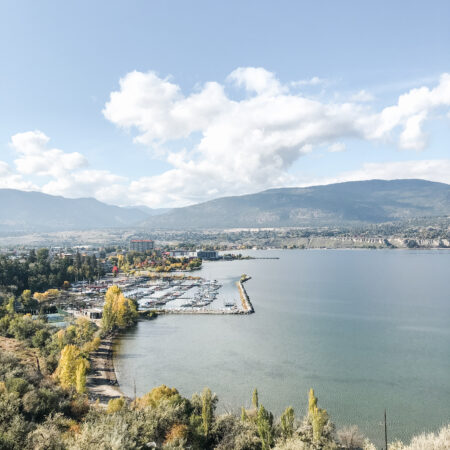
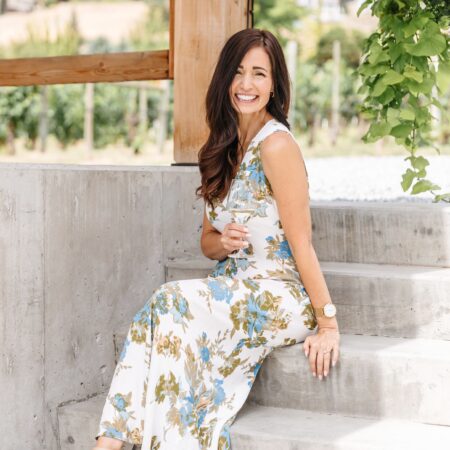
Hi! I need that shirt….where can I buy it….
Ah it’s an oldie! I don’t think they sell it any longer!
Thanks Tori! So important to make the connection between food and the environment! I had to laugh at your story – I was just like you!!
Haha thanks Mel! xo